Lived it, loved it: A local’s guide to Tasmania’s seasons
Back in the late ’80s, life in Hobart had a slower rhythm. Three years living there meant regular drives up and down the state—Hobart to Launceston, Devonport and everywhere in between.
Those kilometres taught one thing quickly: Tasmania isn’t just a destination, it’s four completely different experiences depending on when you go.
Each season reveals a new side of the island. Some months are made for hiking boots, others for red wine and roaring fires. Here’s a no-fuss guide to picking the best time to visit, based on real-life travel, not tourist brochures.
Summer (December to February) – Long days and coastal colour
Summer delivers sunshine, daylight well into the evening, and prime conditions for exploring the east coast. Wineglass Bay, Bicheno and Swansea show off their best in these months, with clear skies and water that’s as turquoise as it gets—even if it’s cold enough to take your breath away.
Cherry and berry season in the Huon Valley is in full swing. Stalls along country roads brim with fresh-picked fruit. Day trips to Freycinet or Maria Island offer great walking, and longer drives through the Midlands are shaded by rows of poplars and big skies.
Modern festivals like MONA FOMA in Launceston now bring colour and crowds to summer weekends, something that’s grown well beyond what existed in the late ’80s.
Best for: Beach walks, hikes, outdoor events, fresh fruit
Autumn (March to May) – Tassie’s hidden gem
Autumn was always the season to slow down and drive. Backroads around the Meander Valley and Derwent Valley lit up in warm golds and reds. Tourist traffic faded, and the island felt more relaxed—more itself.
Cellar doors in the Tamar Valley opened their arms to slow travellers, and bushwalks in Mount Field or Ben Lomond were at their best. Produce markets brimmed with truffles, apples, mushrooms and Pinot Noir.
Evenings cooled just enough to make the fireplace inviting, but not so cold that a decent jumper wouldn’t do the trick.
Best for: Scenery, food and wine, photography, peace and quiet
Winter (June to August) – Quiet, cold, and full of character
Snow dusted the Central Highlands, fog clung to Launceston’s riverbanks, and Mount Wellington wore a white top hat. This was the season that divided the locals—some grumbled, others embraced the silence and stillness.
Alpine lodges near Miena offered solitude and a crackling fire, perfect after a day exploring. The cold had a charm, especially when paired with good whisky and no set schedule.
Hobart’s Dark Mofo festival now draws thousands in winter—a stark contrast to the sleepy winters of the past. The festival brings weird, bold energy to the midyear quiet and is worth braving the cold.
Best for: Cosy cabins, snow, dark festivals, whisky by the fire
Spring (September to November) – Fresh air and flowing rivers
Paddocks near Campbell Town and Evandale came alive with lambs and blossoms. Wildflowers spread through national parks, and waterfalls roared after winter rains.
Spring meant unpredictability—sunshine one hour, rain the next—but it never dulled the beauty. Maria Island and Bruny Island became havens for wildlife watchers and walkers, especially with fewer tourists on the trails.
Rivers swelled, the days lengthened, and cafés opened their outdoor seating again. Oysters made their seasonal return, particularly along the east coast.
Best for: Nature walks, baby wildlife, river scenes, seasonal seafood
My verdict
Each season in Tasmania holds something special. Summer packs in the highlights and long days, perfect for full itineraries. Autumn balances beauty and breathing room. Winter strips the island back to its bones and rewards those willing to rug up. Spring brings a new pulse—fresh, green and full of possibility.
Back in the day, driving between Hobart, Launceston and Devonport offered glimpses of all these seasons—sometimes in a single trip. Those same roads still run through a changing landscape. Tasmania doesn’t shout for attention; it rewards those who pay attention.

Photography Quick Reference
| Month | Best Photography Subjects |
|---|---|
| January | Coastal landscapes (Bay of Fires, Wineglass Bay), wild surf beaches, lavender fields (Bridestowe Estate), vibrant festivals |
| February | Sunset over Cradle Mountain, vineyard harvests, outdoor food markets, coastal sunrises, Tasmania’s clear night skies |
| March | Early autumn foliage (Derwent Valley), apple orchards (Huon Valley), golden-hour rural roads, wildlife in open paddocks |
| April | Peak autumn colour (Liffey Falls, Meander Valley, Mount Field NP), misty forest trails, moody weather transitions |
| May | Late autumn light, frost-covered landscapes, slow rivers, truffle farms, empty roads through Midlands |
| June | Snowy highlands (Central Plateau, Mount Wellington), long shadows, Hobart’s Dark Mofo lighting installations, whisky distilleries |
| July | Frozen lakes (Great Lake), alpine cabins, stark landscapes, winter wildlife, snowgums in white surroundings |
| August | Early wattles in bloom, icy sunrises, cloud inversions in mountain areas, fireplaces in rustic settings |
| September | Waterfalls in full flow, lambing season, fresh forest regrowth, wildflower emergence (Freycinet, Tarkine edges) |
| October | Peak spring bloom (Botanic Gardens, Table Cape tulips), nesting birds, colourful coastal heath |
| November | Green valleys, orchids in the wild, clear water reflections (Lake St Clair), wild coastlines with spring energy |
| December | Beach scenes (Binalong Bay, Adventure Bay), fruit picking, harbour photography, festive lights and summer glow |

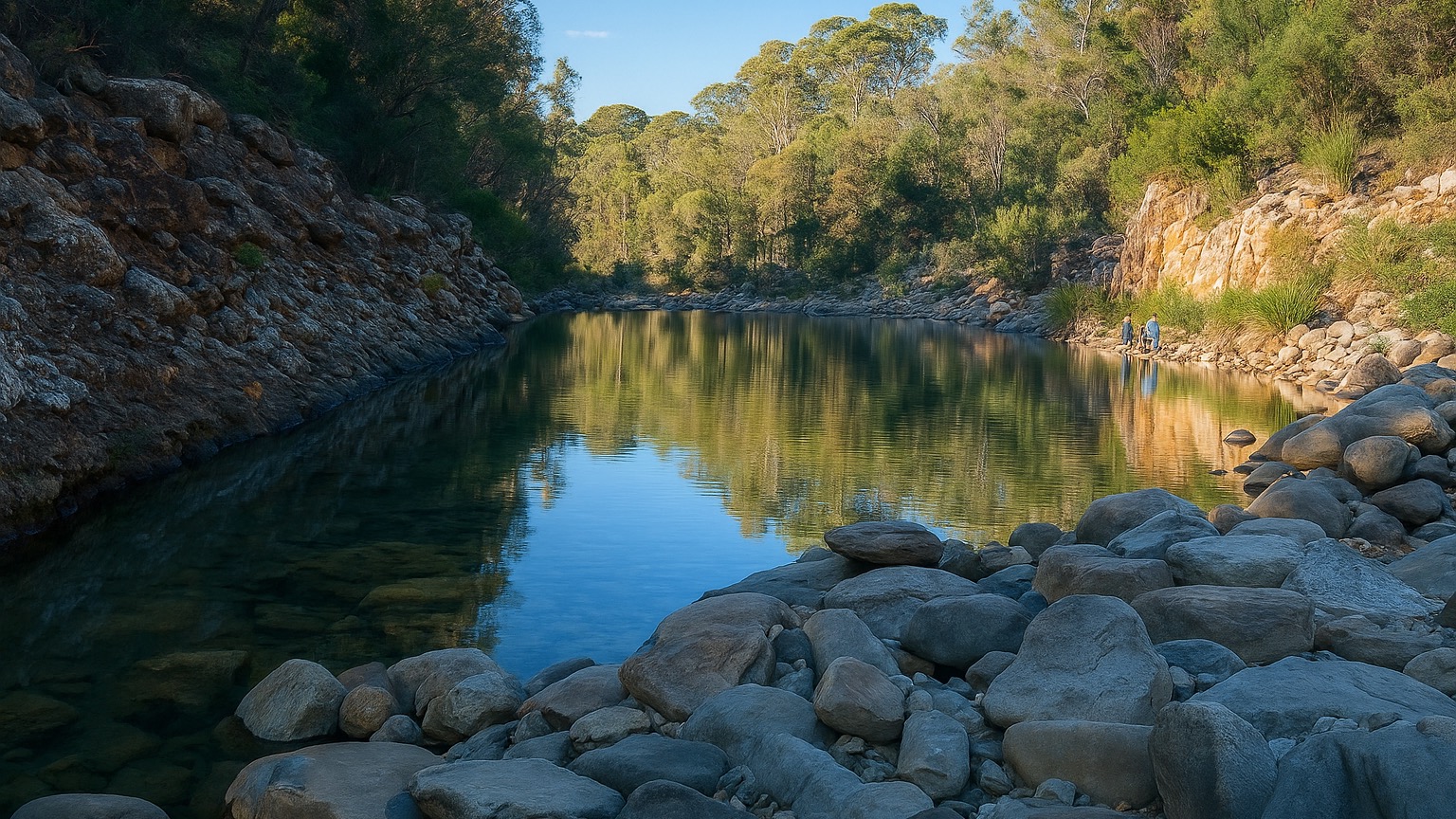



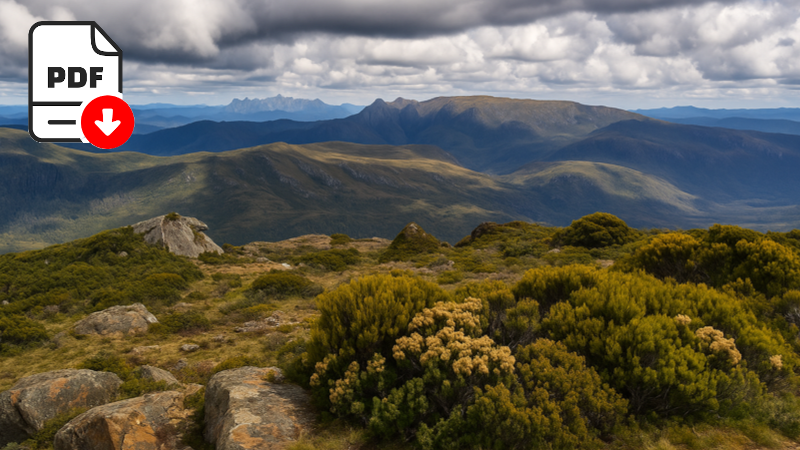
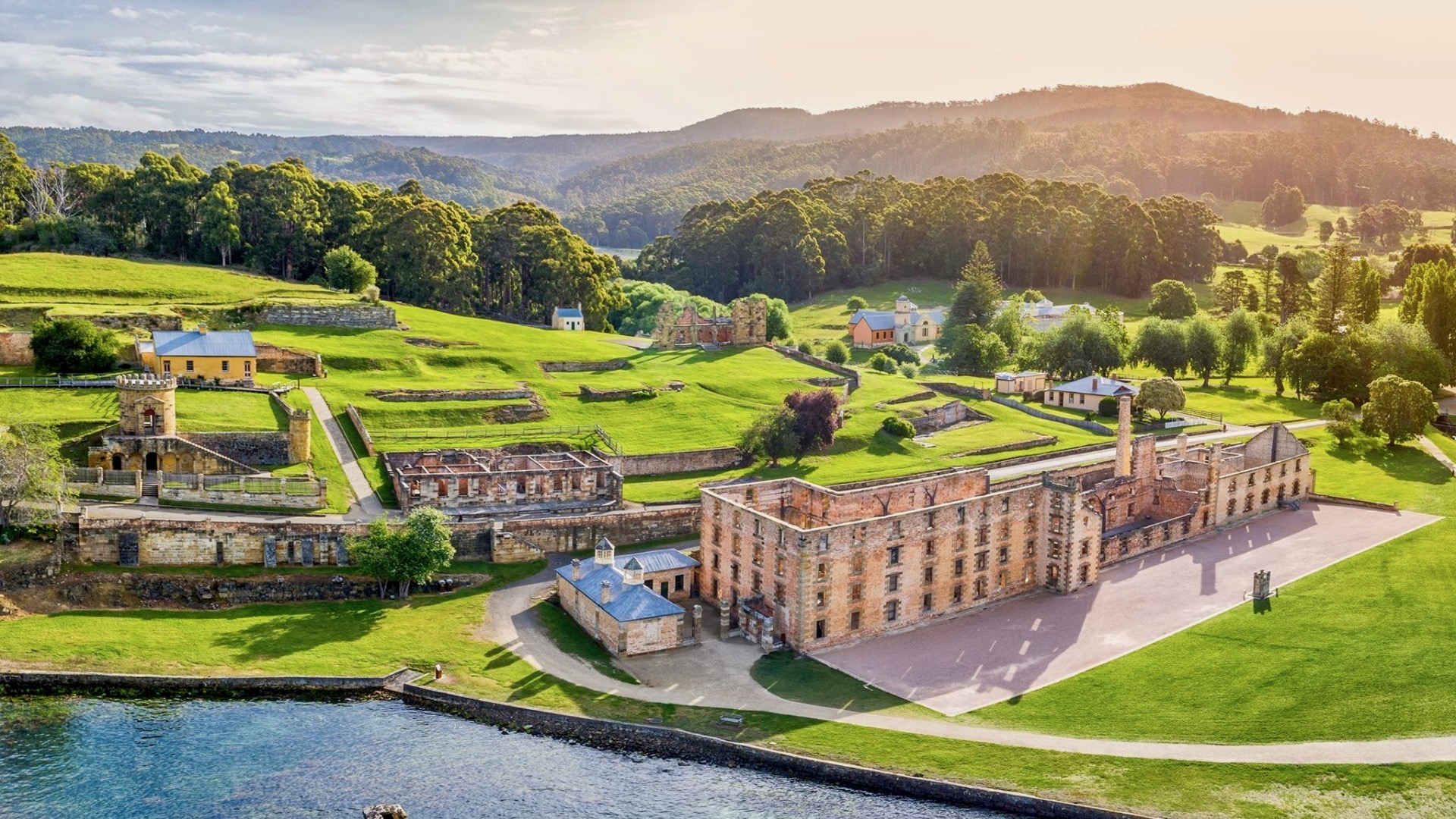

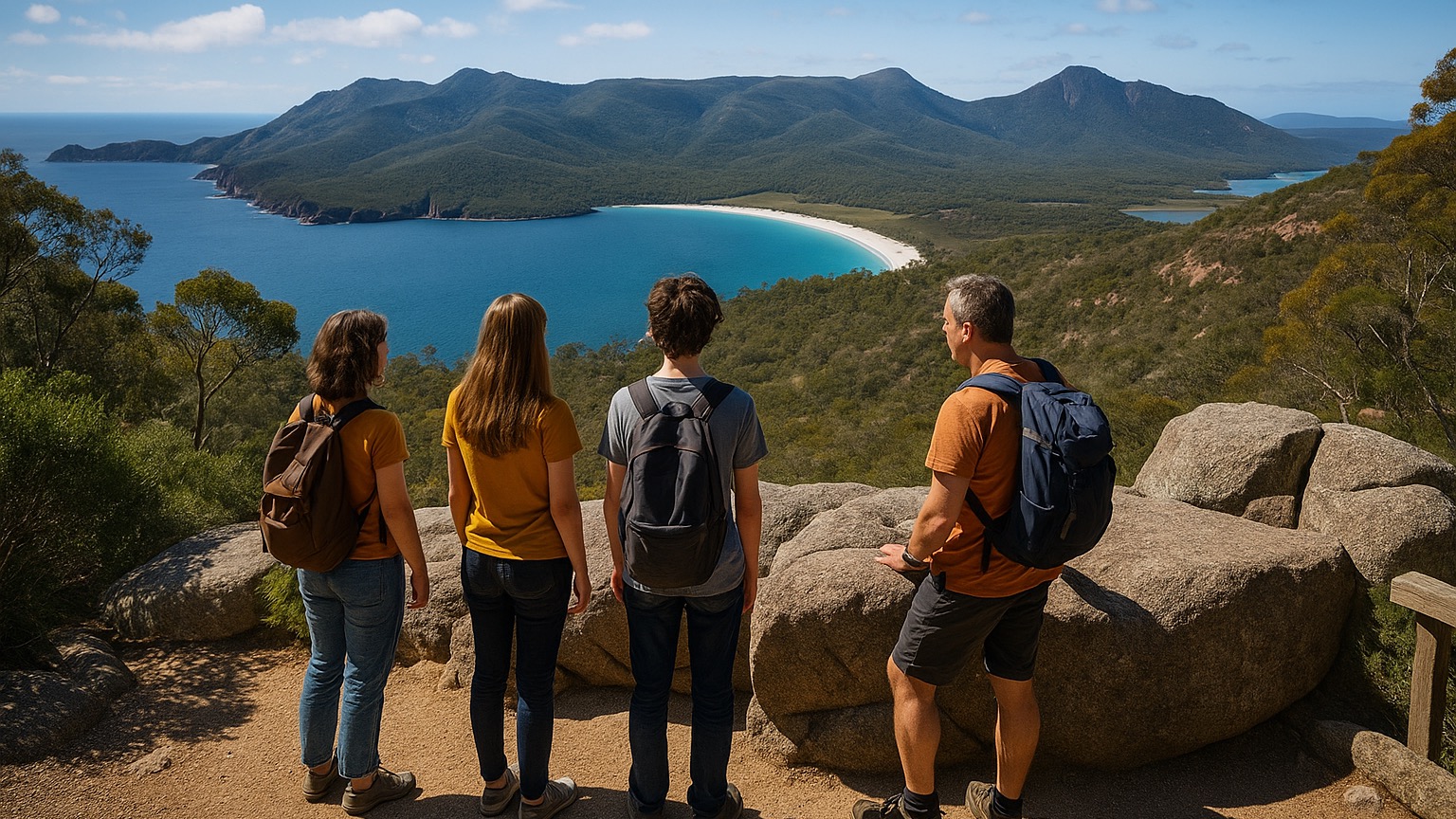
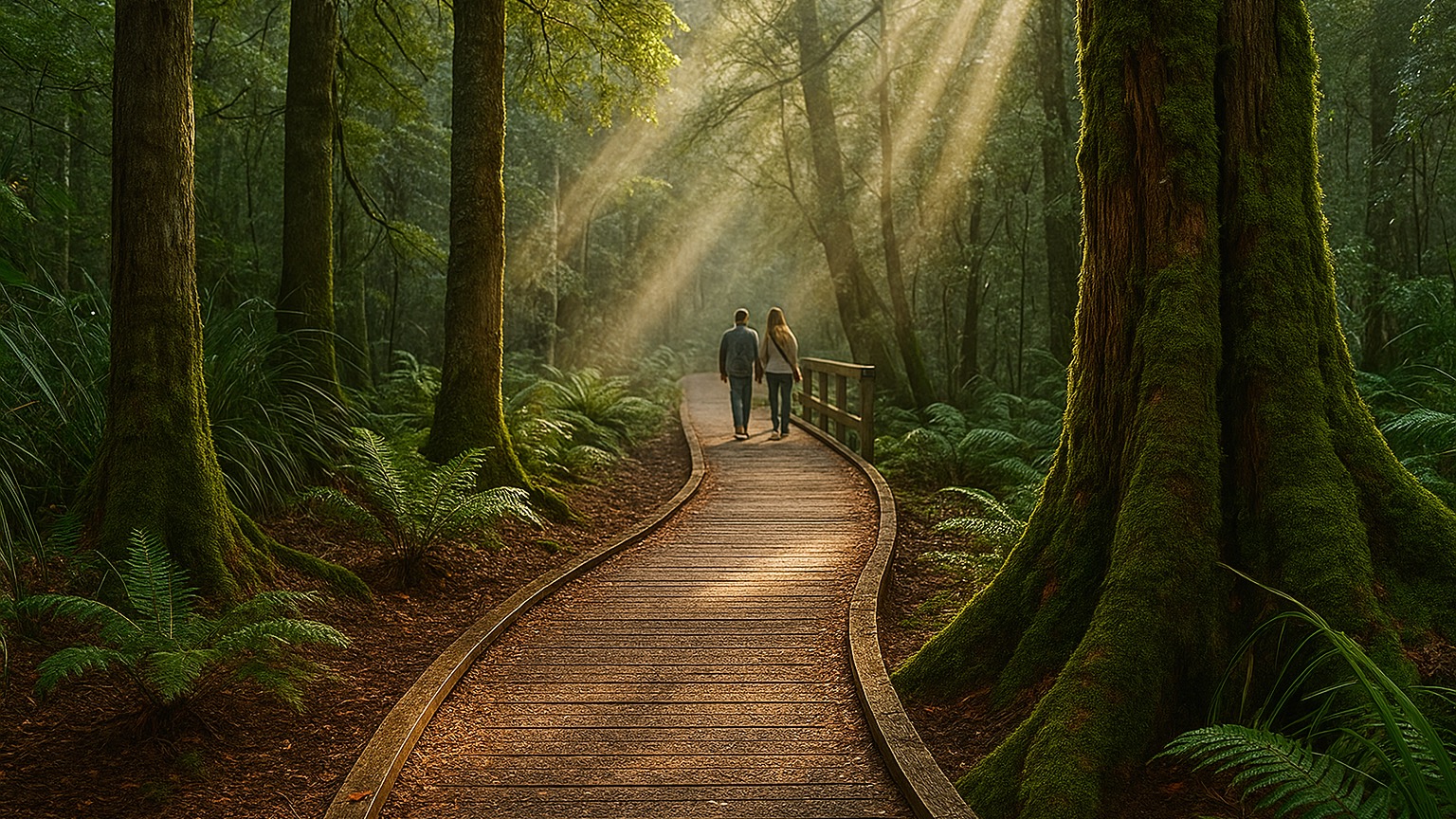

Leave A Comment